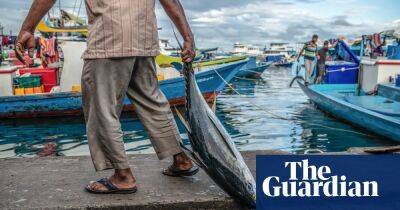The world’s most perfect places are being turned into backdrops for our tourist selfies
L ast week Italy was, again, struggling with the conundrum of mass tourism. One of the country’s most charming seaside towns, Portofino, has just introduced legislation to dissuade tourists lingering for selfies: there will be fines of up to €275 (£243) if they block traffic or pedestrians in two “red zones” of the beautiful bay.
It’s the latest in a series of draconian measures adopted by Italian councils to deal with herds of holidaymakers: there are fines of up to €2,500 for walking the paths above the Cinque Terre (five villages in Liguria) in flip-flops or sandals; you are no longer allowed to eat snacks outside in the centre of Venice or in four central streets in Florence; you can be fined €250 just for sitting down on Rome’s Spanish Steps; and one beach, in Eraclea, has even banned the building of sandcastles (maximum fine €250) because they’re considered unnecessary obstructions.
Italy, of course, more or less invented the concept of tourism: as a cradle of ancient civilisation and Renaissance splendour, the peninsula became de rigueur for aesthetes and aristocrats. The famous “Grand Tour” was born in the 17th century and ever since then tourism has been vital to the Italian economy: pre-Covid, the country received 65 million visitors a year and, according to the Bank of Italy, tourism (considered in the widest sense) represented 13% of the country’s GDP.
But Italy, so dependent on tourism, is also beginning to despair of it. Last week, a new display was introduced in a bookshop in Venice that reveals, painfully and in real time, the number of beds available in the city to tourists: at 48,596 (and counting), it is perilously close to overtaking the number of residents in the city: 49,365 (and falling). As recently
Read more on theguardian.com



















